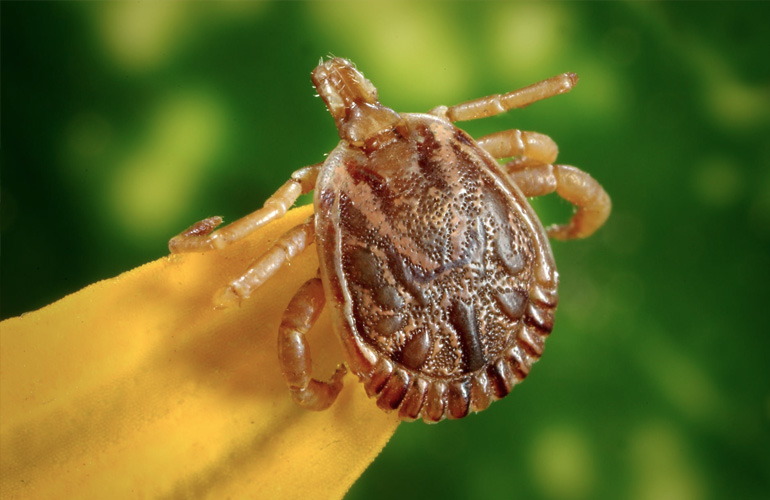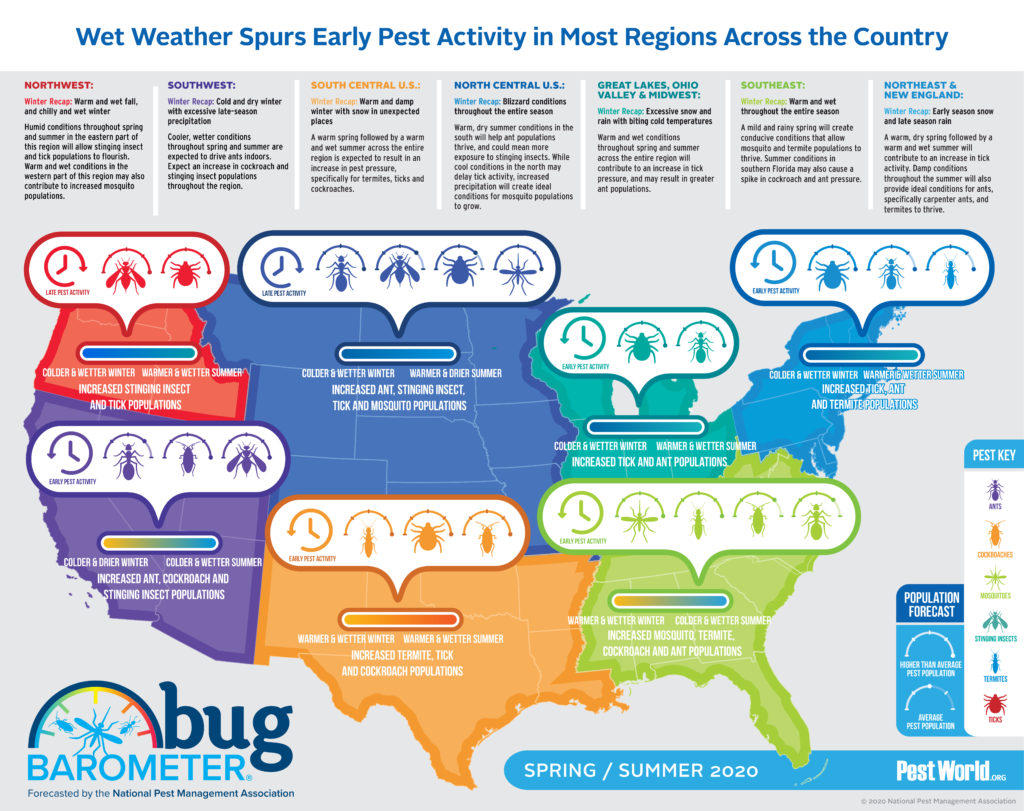Great Lakes Region on Track for Worst Tick Season Ever

While rising global temperatures and other factors have caused an explosion in tick populations in recent years across the Great Lakes region and many other parts of United States and Canada, this year is expected to be especially bad.
The unusually warm and wet winter set the stage for a very “buggy” spring and summer, including deer ticks that commonly spread Lyme disease. Warmer winters mean a longer breeding season for these unwelcome blood-suckers, and allows tick populations to migrate further during the year.
This expected influx of insects and arachnids is further compounded by stringent stay-at-home orders amid the COVID-19 crisis, which prohibits lawn companies and exterminators from operating during the first half of spring (and possibly longer). These companies aren’t out there spraying for ticks or otherwise treating land across Michigan that they ordinarily would.
The National Pest Management Association has released its “Bug Barometer” for Spring 2020, and it doesn’t look particularly great for the Great Lakes region. While other parts of the country will have their own problems with cockroaches, wasps, termites, and other creepy-crawlies, ticks and carpenter ants are the prime suspects around these parts.

Learn more about the 2020 Bug Barometer and this infographic at PestWorld.org.
While practically everything fun is closed amidst Coronavirus shutdowns, people everywhere are expected to spend more time outdoors this spring and summer. Since bike rides, nature walks, and hanging out in the yard is about all anybody can do for recreation, that means more exposure to lawn-dwelling ticks.
In addition to ticks and mosquitoes, this bug-heavy season also means an influx of other pests like carpenter ants. These wood-munching insects can cause structural damage to houses, decks, and barns.

